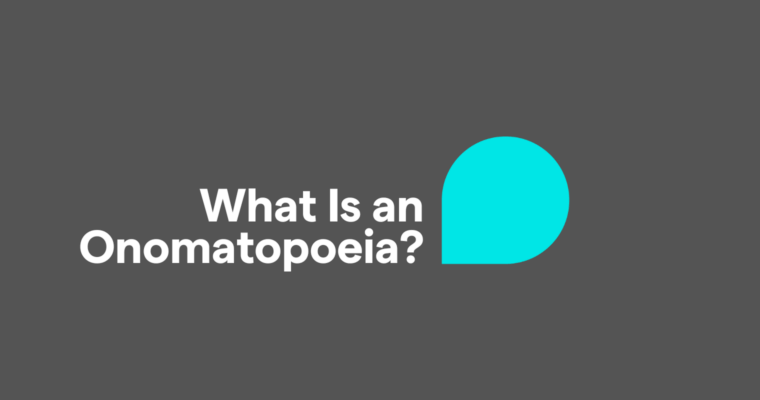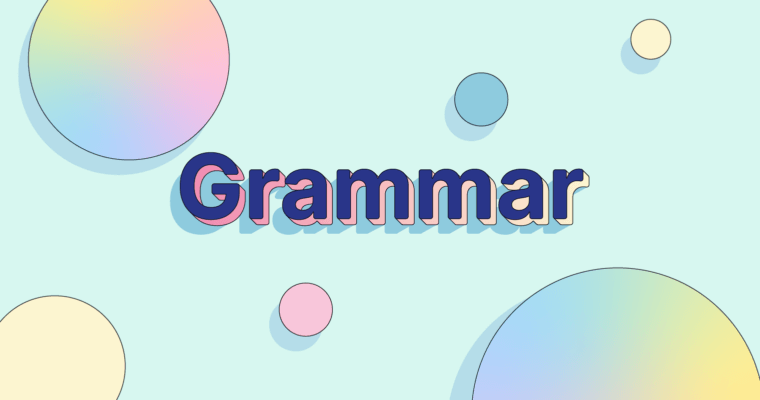Do you know what a lightbulb moment is? Also known as an aha moment, a light bulb moment is a sudden understanding or realization of something. If you have had a recent enlightenment, you might relate to the cartoon characters who illustrate their ideas with an illuminated lightbulb above their heads. In the real world, there are no hovering lightbulbs. However, there are a couple of expressions that can help you express how you feel.
“I get it” and “I got it” are both used to convey understanding. Tone of voice plays a large role in how your conversational partner perceives your response. Teenagers might say “I get it, Mom,” using their tone of voice to indicate that they are fed up with the counsel they are receiving. “I got it, Mom” could mean that they understood the information at the first relaying and there was no need for repetition. On the other hand, a student might exclaim “I get it now!” to convey joyous pride when she masters a tough concept.
Definition of get vs. got
“Get” is the present tense form of the verb and “got” is the past tense form, but the tenses are often used interchangeably. In informal speech, people often question each other with “Do you get it?” or just “Get it?” to check for comprehension. “I get it” or “I got it” are both logical answers.
Get vs. got examples
As previously mentioned, “I got it” can suggest understanding, especially after a lengthy explanation. However, it appears in other contexts as well. See if you can discern how “I got it” is used in the following dialogue between a father and his thirteen-year-old son:
Hey Cooper, I am about to run to the store. I will be back in about twenty minutes. Do you want me to call Ms. Barnes from upstairs to stay with you while I am gone?
No, Dad. I got it.
Are you sure?
Yes, Dad. I am thirteen years old. I can survive for a few minutes alone.
What do you think? In this situation, Cooper used the phrase “I got it” to let his father know that he could handle the challenge. People also say it when they volunteer to handle responsibilities. For example, a worker might tell his boss “I got it” when she asks who will make a phone call. In sports such as volleyball, a player might call out the phrase to let another player know that he is assuming responsibility for hitting the ball. Present tense signals a command or encouragement:
Here comes the ball. Get it!
Here comes your crush. Get it, girl!
People also use “I get it” or “I get that…” to express sympathy for someone’s problems or to acknowledge an opinion (especially if they don’t personally agree).
I get that you are upset, but it’s no excuse to break things.
Honey, you’re upset that I opened your mail. I get it. But you must realize that it was an honest mistake.
Finally, the most literal use of the expression is to express temporary possession of a shared object. In this case, the helping verb often appears along with the past participle.
Who has the paper cutter?
I’ve got it!
Were you looking for the cordless telephone?
Got it!
Even outside of lightbulb moments, “get it” and “got it” are useful, versatile expressions that appear often in casual conversation. If you are learning English, the usage of the present versus the past tense of these terms may seem arbitrary. Most Americans use them interchangeably to indicate understanding. In other situations, use the context of the conversation to decide if you should speak in present or past tense. Do you get it?






